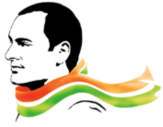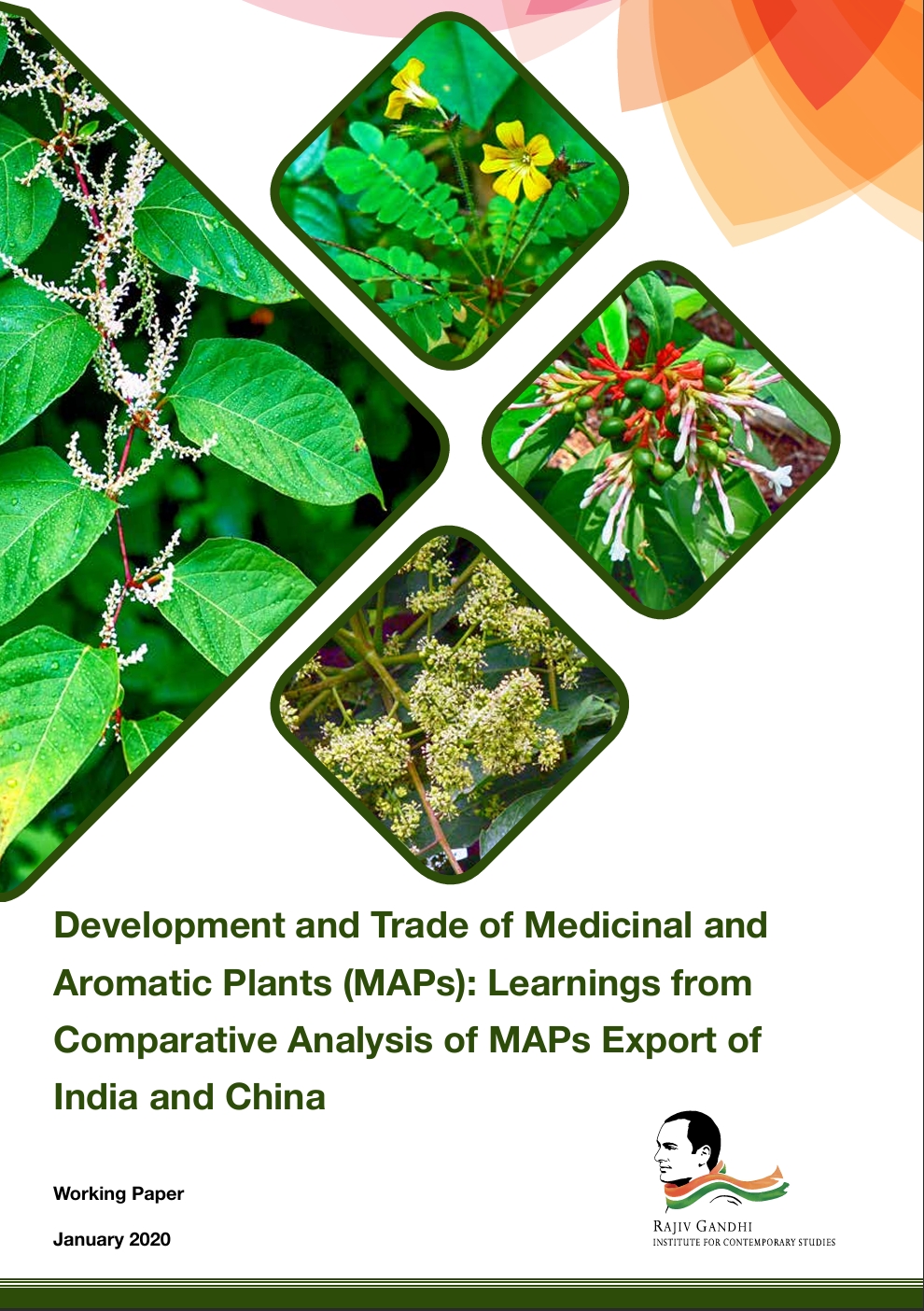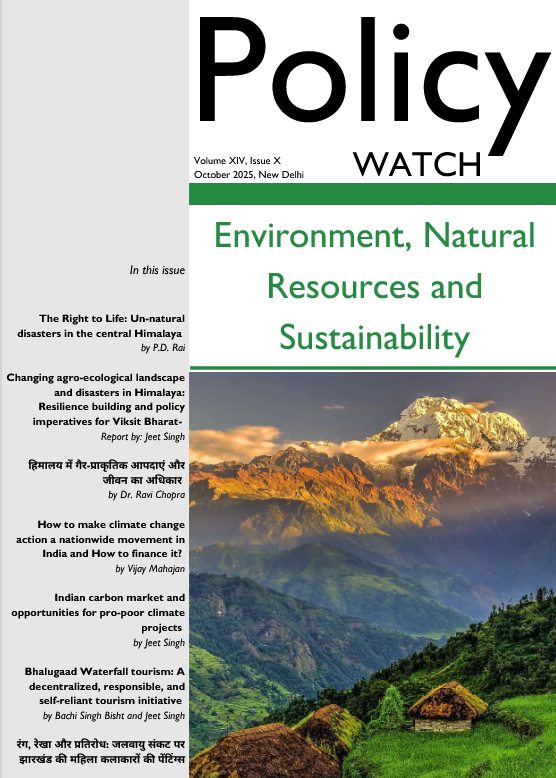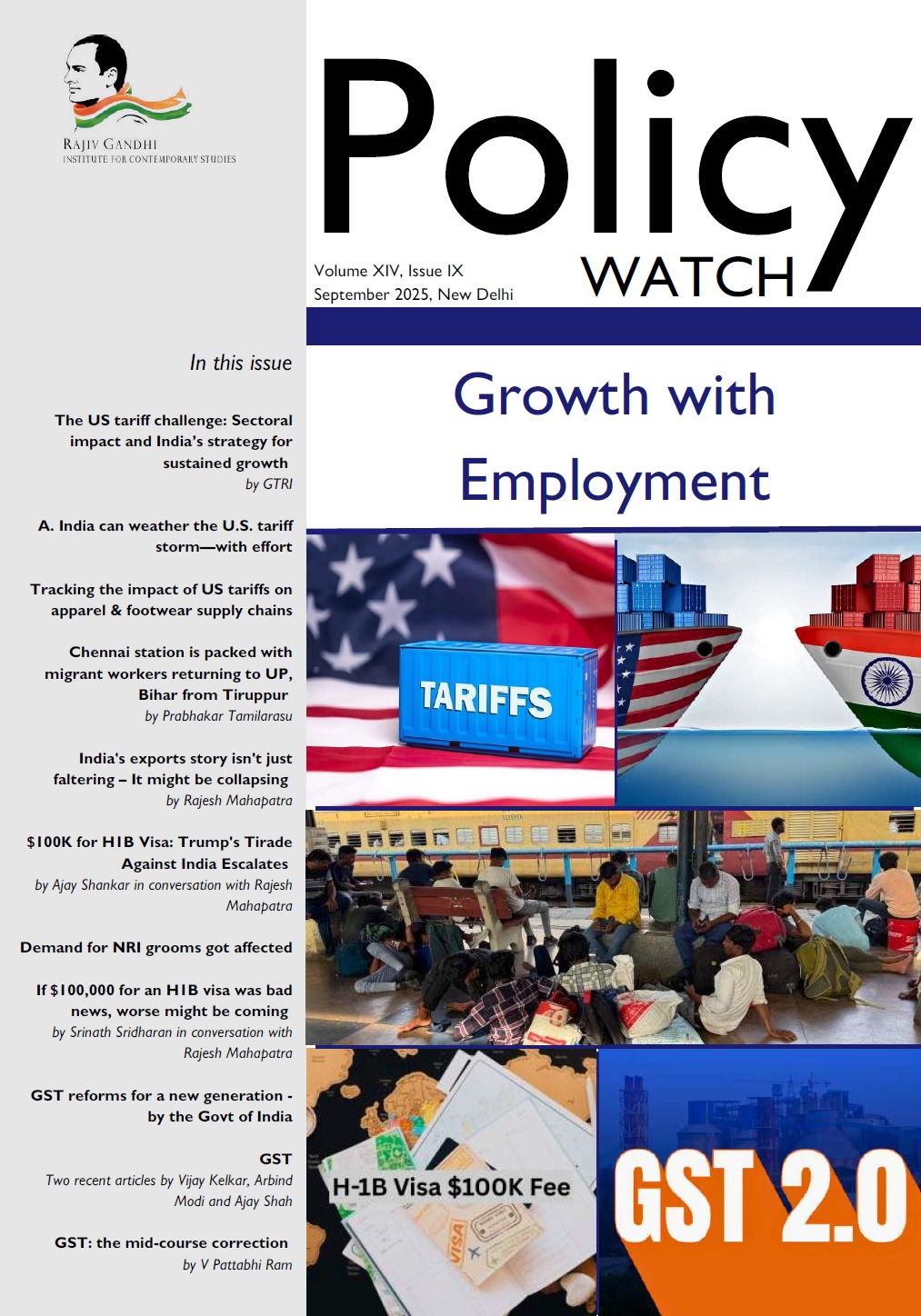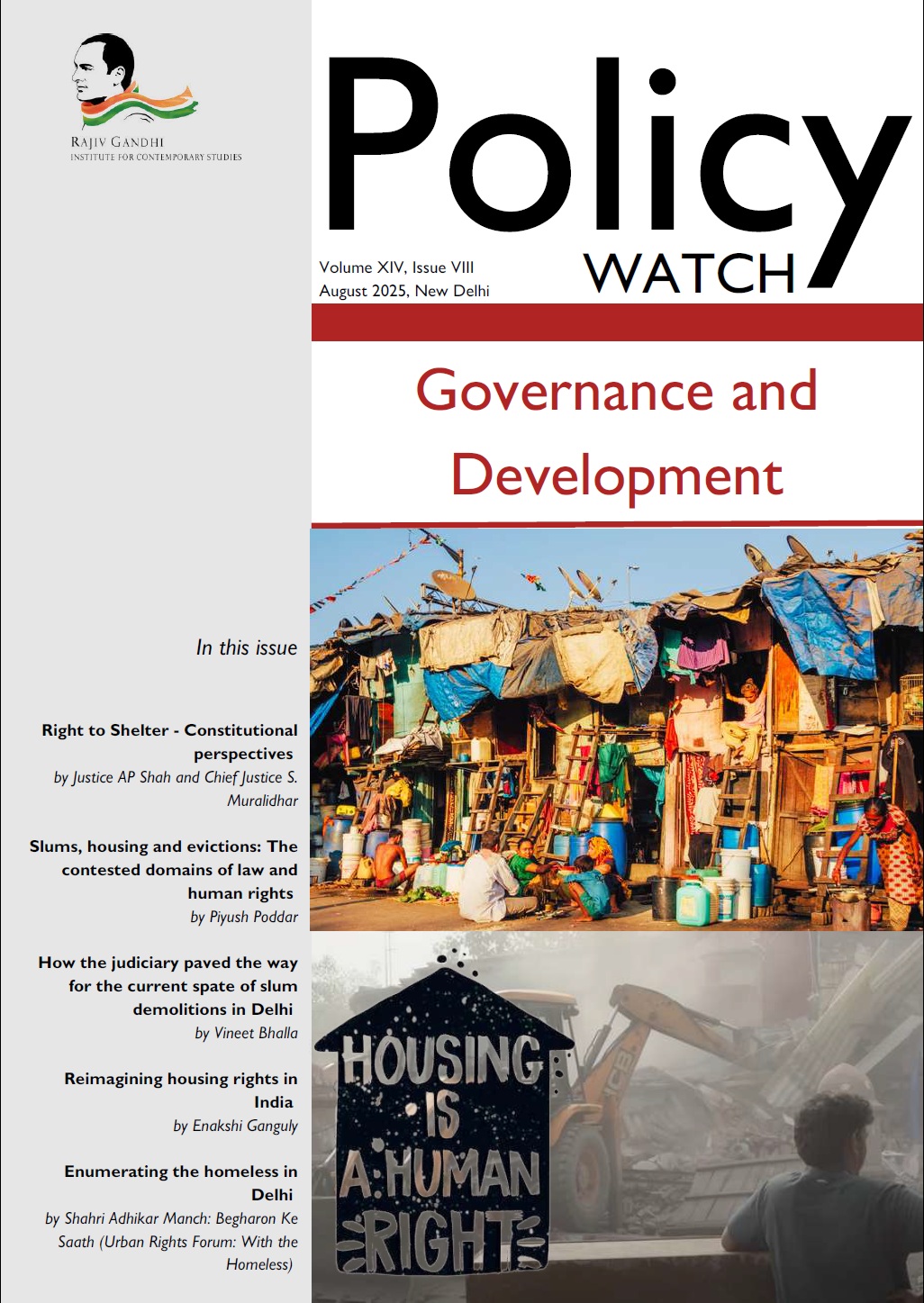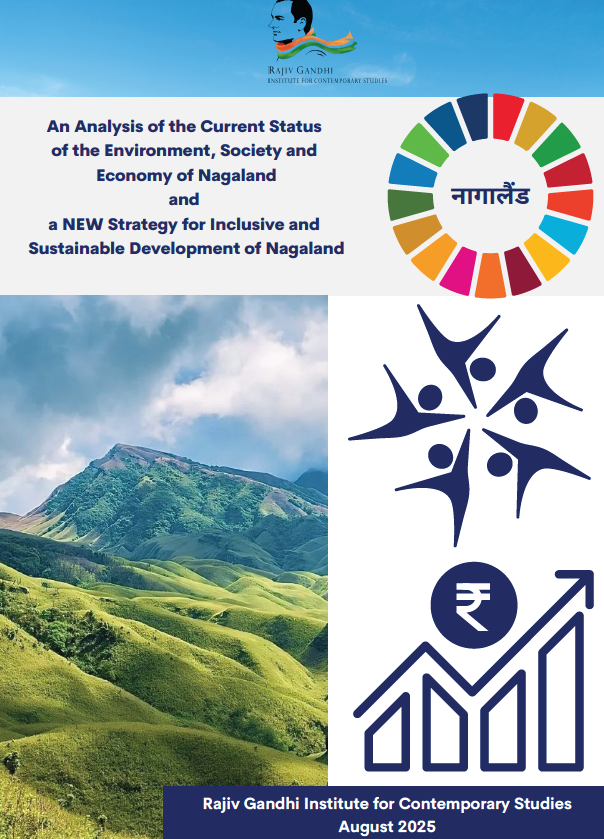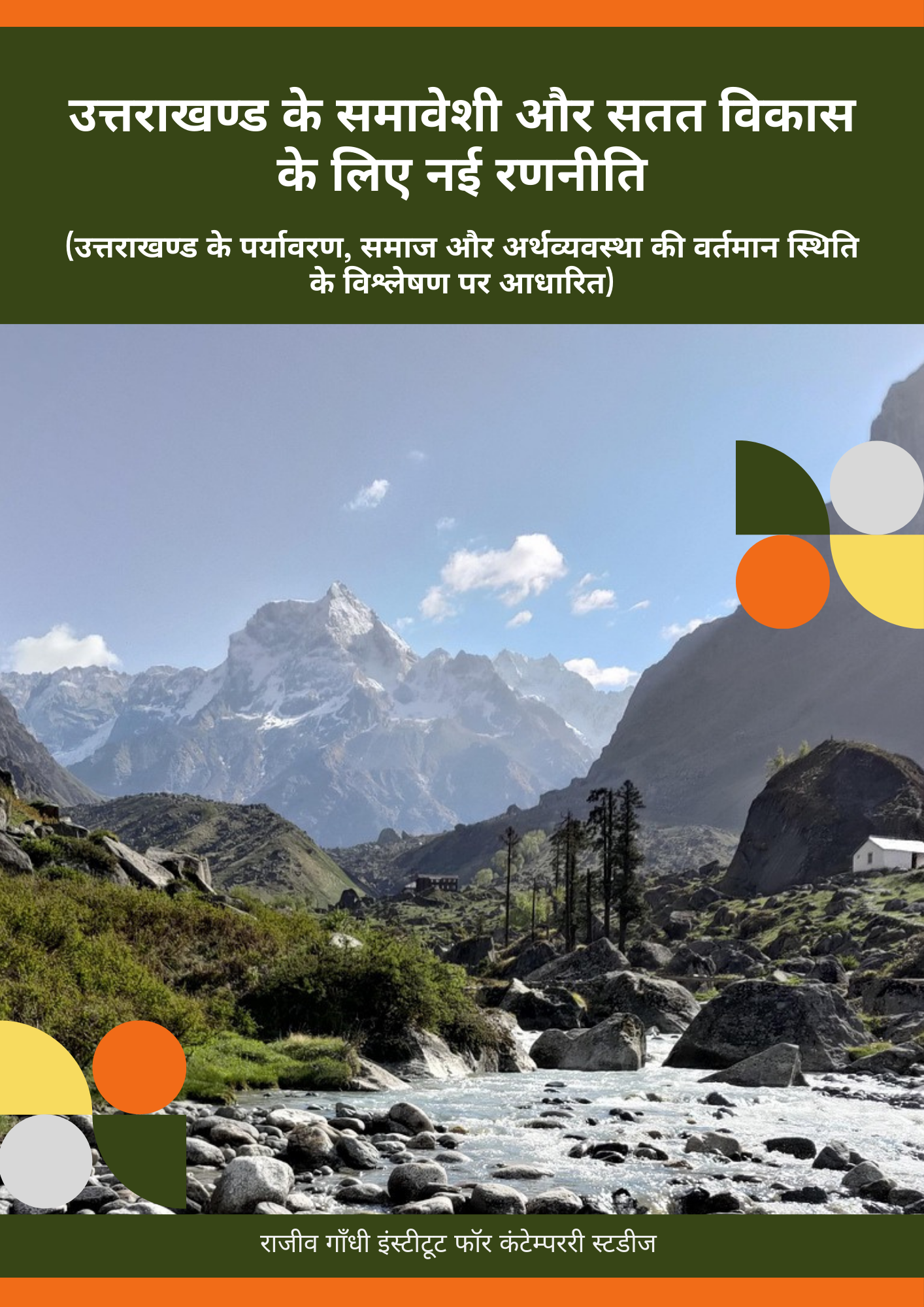India and China are both rich in traditional medicinal knowledge, but China is way ahead when it comes to turning that knowledge into a global business. While India has its Traditional Indian System of Medicine (TISM) under the Ministry of AYUSH, China’s Traditional Chinese Medicine (TCM) has grown into a massive industry, thanks to strong government support, heavy investment in research, and smart marketing. India, despite having immense potential and biodiversity, is struggling to catch up due to fragmented policies, limited funding, and weak connections between farmers, processors, and markets.
India and China together produce more than 70% of the world’s medicinal and aromatic plants (MAPs). Both countries have deep-rooted traditional medicinal systems—India with Ayurveda, Yoga, Unani, Siddha, and Homeopathy (AYUSH), and China with Traditional Chinese Medicine (TCM). But while China has strategically turned TCM into a global powerhouse, India is still trying to find its footing.
China’s success comes from its focused efforts to make TCM mainstream. It has integrated TCM with Western medicine, poured money into research, ensured strict quality control, and promoted its products aggressively around the world. The Chinese government established the State Administration of Traditional Chinese Medicine (SATCM) to oversee TCM’s growth, ensuring policies are aligned with market needs.
India, despite having the Ministry of AYUSH and the National Medicinal Plants Board (NMPB), is lagging. While efforts have been made to promote cultivation, conservation, and research, there are too many gaps. Poor funding, inadequate research, lack of quality standards, and weak marketing have held India back.
The report suggests that India needs to ramp up its efforts by investing more in research, improving coordination between stakeholders, and developing policies that support value-added products. Aligning India’s traditional medicine practices with global standards and working closely with international bodies could be the key to unlocking its true potential in the MAPs market.
Keywords: Medicinal and Aromatic Plants (MAPs), Traditional Indian System of Medicine (TISM), Traditional Chinese Medicine (TCM), Ministry of AYUSH, National Medicinal Plants Board (NMPB), Biodiversity, Good Agricultural Practices (GAP), Export Promotion, Sustainable Management, Research and Development (R&D)
Development and Trade of Medicinal and Aromatic Plants (MAPs): Learnings from Comparative Analysis of MAPs Export of India and China
Send download link to:
